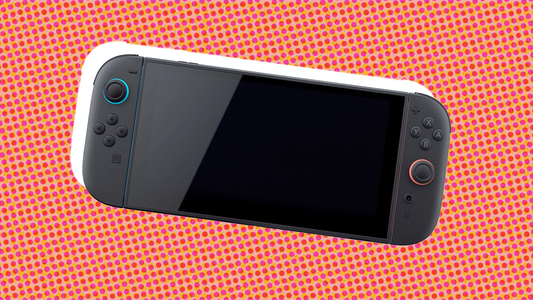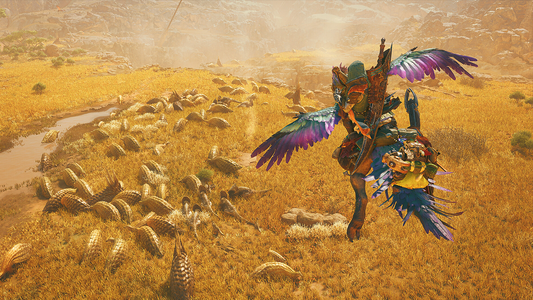This is the first of six articles dedicated to an examination of the entire process of publishing PC games, from beginning to end. We won’t be getting into development here—that’s a whole other kettle of fish. Choosing a publisher or self-publishing, localizing and adapting a game, doing marketing and PR, setting prices and planning discounts, dealing with publishers, distributors, and intermediaries—these are the topics we’re going to cover.
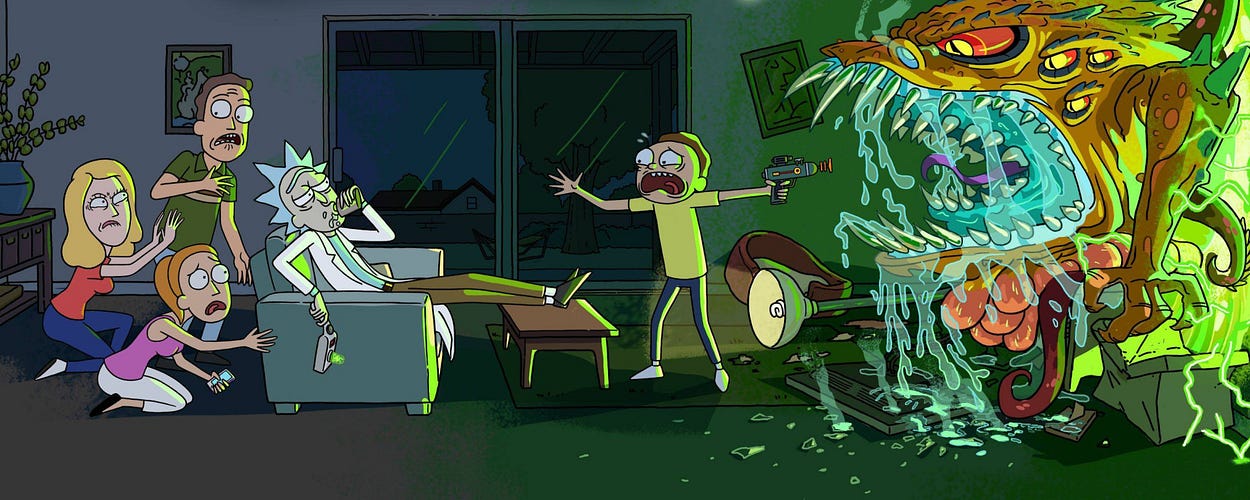
We’ll be talking about Steam a lot, since it’s the largest open game distribution platform, but we’ll also take a look at third-party distribution and alternative ways to sell games. Before you start trying to find your own answers, let’s take a critical look at how the gears of publishing turn nowadays.
Excuse me, guys, this article is going to be very mercantile, with figures and percentages—I believe that if the creation of games is your passion and craft, it’s difficult to confidently move forward without them. We’ll start with prices, discounts, and how Steam wishlists work.
Let’s Start in the Middle
That’s right, the middle. Take your rose-tinted glasses off and arm yourself with a calculator, some basic math, and a bit of patience. We’re going to try to figure out how much your game is going to cost.
Before we can answer this question, we need to ask another one: how many sales do you need to break even?
Let’s assume you plan to spend $100,000 to develop and market your game, then sell copies for $20 apiece. Here’s the easiest way to calculate this: $100,000 / $20 = 12,000 copies until your investment begins to pay off. What, your math says 5,000? You’re doing it wrong. Let’s find out why.
Let’s say you’re planning to release your game in North America, Western Europe, Russia, and China. For regions with sizable currency exchange rates, instead of your twenty bucks you’ll have to deal with their “average price,” since the game will be priced differently there.
In 2017 Sergey Galyonkin made a very interesting review of the state of affairs on Steam—including distribution of revenue by price of the game, sales growth, game price drop, the average number of game owners. Must read if you have not done so yet.
For the countries we’re interested in, prices are not directly converted from US dollar into the national currency. That’s just the way it works there. Steam’s equivalent of a $20 price tag for China is Ò°70 (about $10); for Russia it’s 465 rubles ($8).
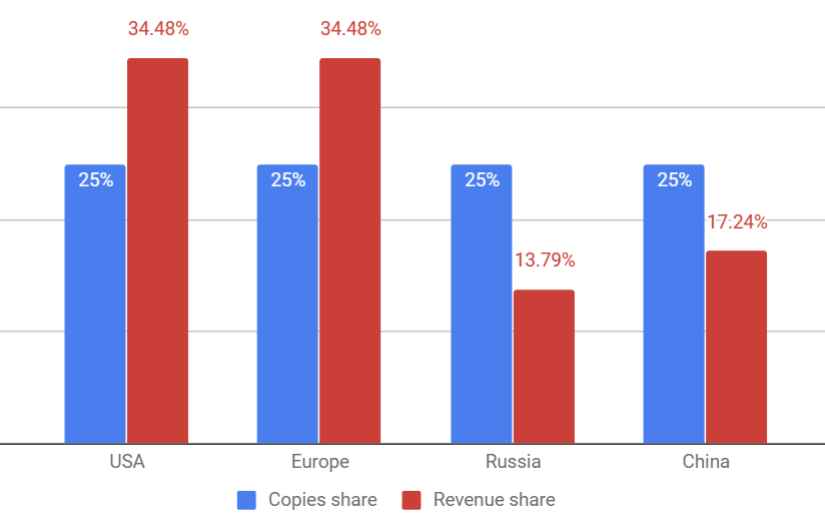
Assuming that 50% of copies sold are purchased in the US ($20 each) and Europe (17.2€, or $20 each), 25% are sold in Russia ($8 each), and 25% in China ($10 each), your average price ends up being $14.50 per unit. The number of copies you need to sell in order to break even just increased to 6,896.
The more sales you get in regions with higher prices (North America and Europe), the closer your average price gets to the one you set initially.
Consider that most large digital distribution platforms offer refunds, and their customers do use them. No game on Steam has ever been refunded zero times. There are always some dissatisfied customers or users who experience technical issues. You have to plan on 2.5–5% of units sold getting returned. Let’s be pessimistic and go with 5%. Now you have to sell 7,258 copies to break even.
For now, we won’t bother calculating precise taxes (such as VAT and GST). This is a complex issue that largely depends on which country your company is registered in, the customer’s country of origin, and any agreements for the prevention of double taxation that might exist between your country and that of the store.
Based on my own experience, a company registered in Cyprus loses the equivalent of 4.5% of its worldwide sales on taxes, bringing our adjusted target to 7,600.
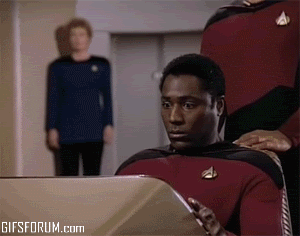
Finally, we have to account for how revenue is split up. The distribution platform usually takes about 30%, so now you need to sell at least 10,875 copies to stay in the black.
And don’t forget about any revenue taxes you’ll have to pay in your country of residence. If your company hails from Germany, enterprise revenue is taxed at 15.825%. That means that you now have to sell 12,919 copies at full price just to break even.
Final score: Copies = your budget / (average price * distributor’s cut * refunds * taxes)
But that’s not all! Your average price doesn’t stay the same throughout the year. It goes down with discounts, sales, and special promotions. After the first few months of full-price sales, the average price for the year will drop by 25–30%.
Bloody mines? Discounts and Sales!
Like it or lump it, we’ve got to accept the fact that modern PC game distribution is driven almost entirely by sales. Now let’s take a look at Steam.
Steam has two major sales per year (the summer and winter sales), along with the option to participate in Weeklong Deals, which are weekly sales that start every Monday. You can also decide to hold a sale of your own and choose the time, discount, and occasion for the sale.
When scheduling your release, make sure it doesn’t coincide with the summer or winter sale. Think carefully about when to launch your first discount. It will cause your full-price sales to drop afterwards, and you’ll have a hard time bringing them back up to the pre-discount level. Remember that Steam discounts add up. If you want to release on a Friday, think again—you could end up in the middle of a Weekend Deal with a major publisher such as Ubisoft selling off a large portion of its back catalog for peanuts. I wouldn’t recommend competing for customer attention with AAA games being sold for 70% off.
Then there are special promotions you can negotiate with your personal manager at Steam. These include Daily Deals, Weekend Deals, Midweek Madness, or exclusive sales that happen throughout the year, such as the best games from a particular genre or specific country.
The option to participate in these special promotions is based largely on the luck of the draw. This is one reason to consider partnering with a publisher. If they’ve been working with Steam for a long time, they’ll have a better chance of providing you with these kinds of opportunities.

This and other Steam images were taken from my Ash of Gods game.
Can you find the Weeklong Deals and the Summer Sale? When Steam launches its discounts (other than the ones you set), you gain a lot of visibility for a little while, along with plenty of traffic. Every major sale will give you a bump in revenue and increase your customer base while significantly expanding your game’s wishlist presence.






























